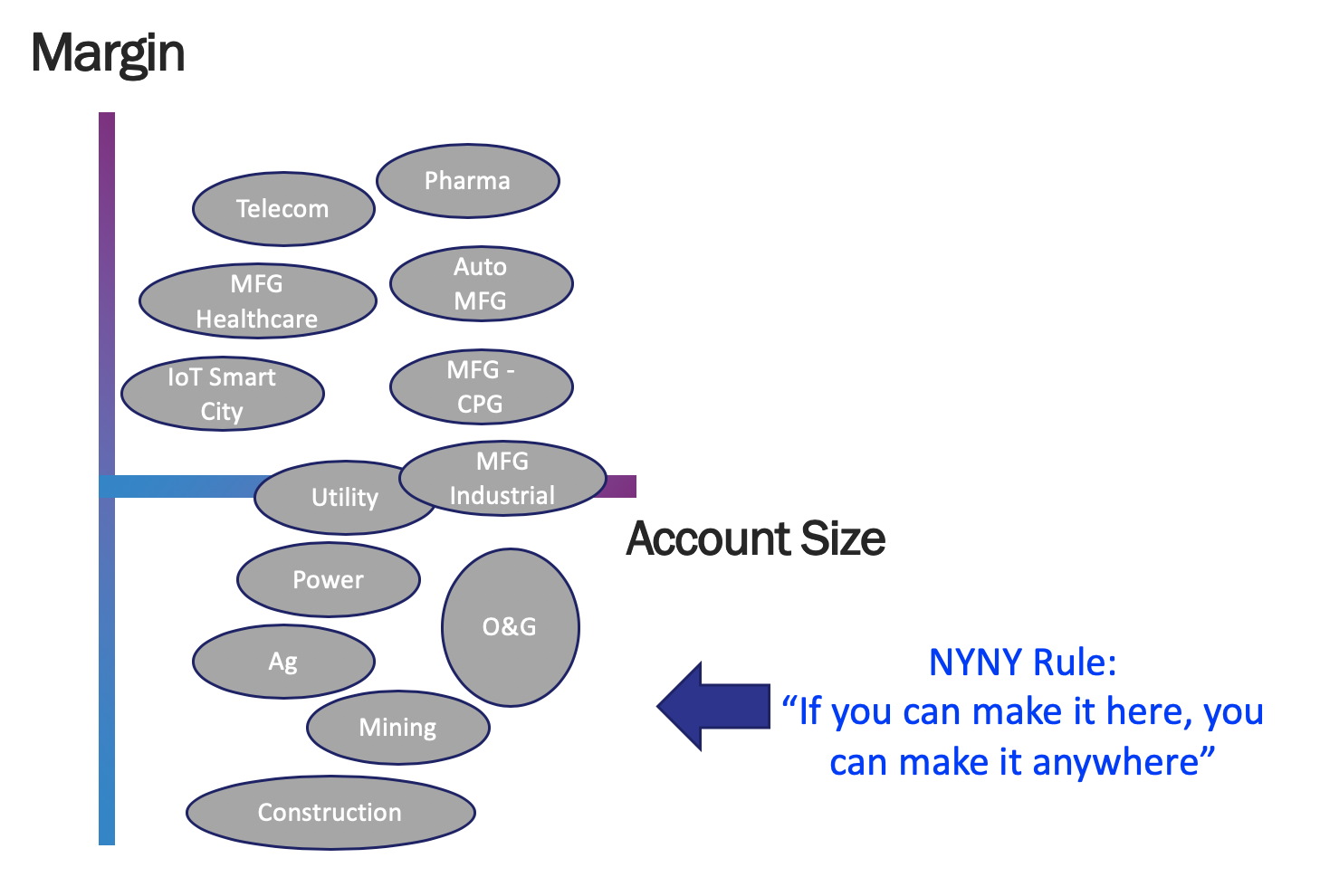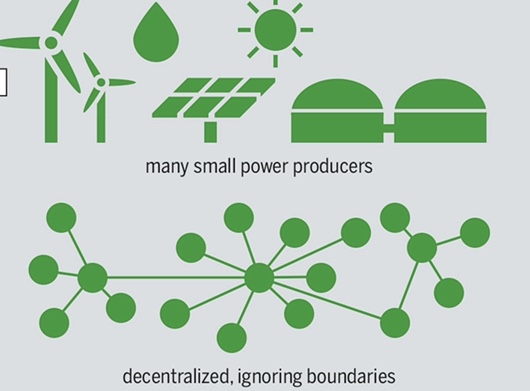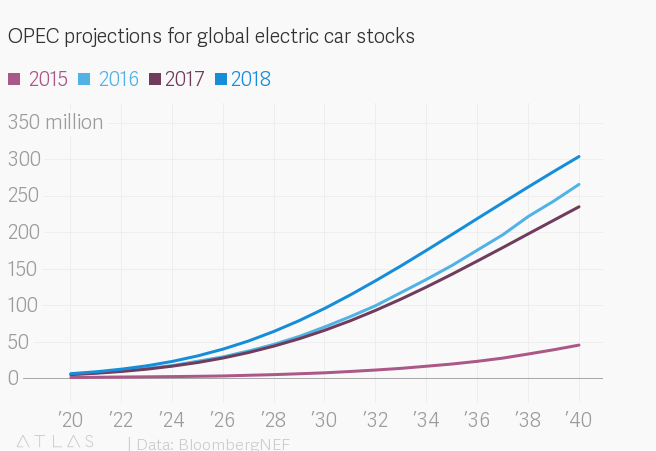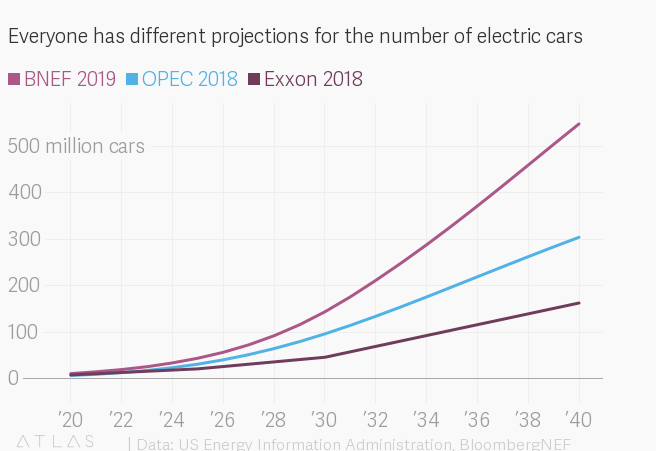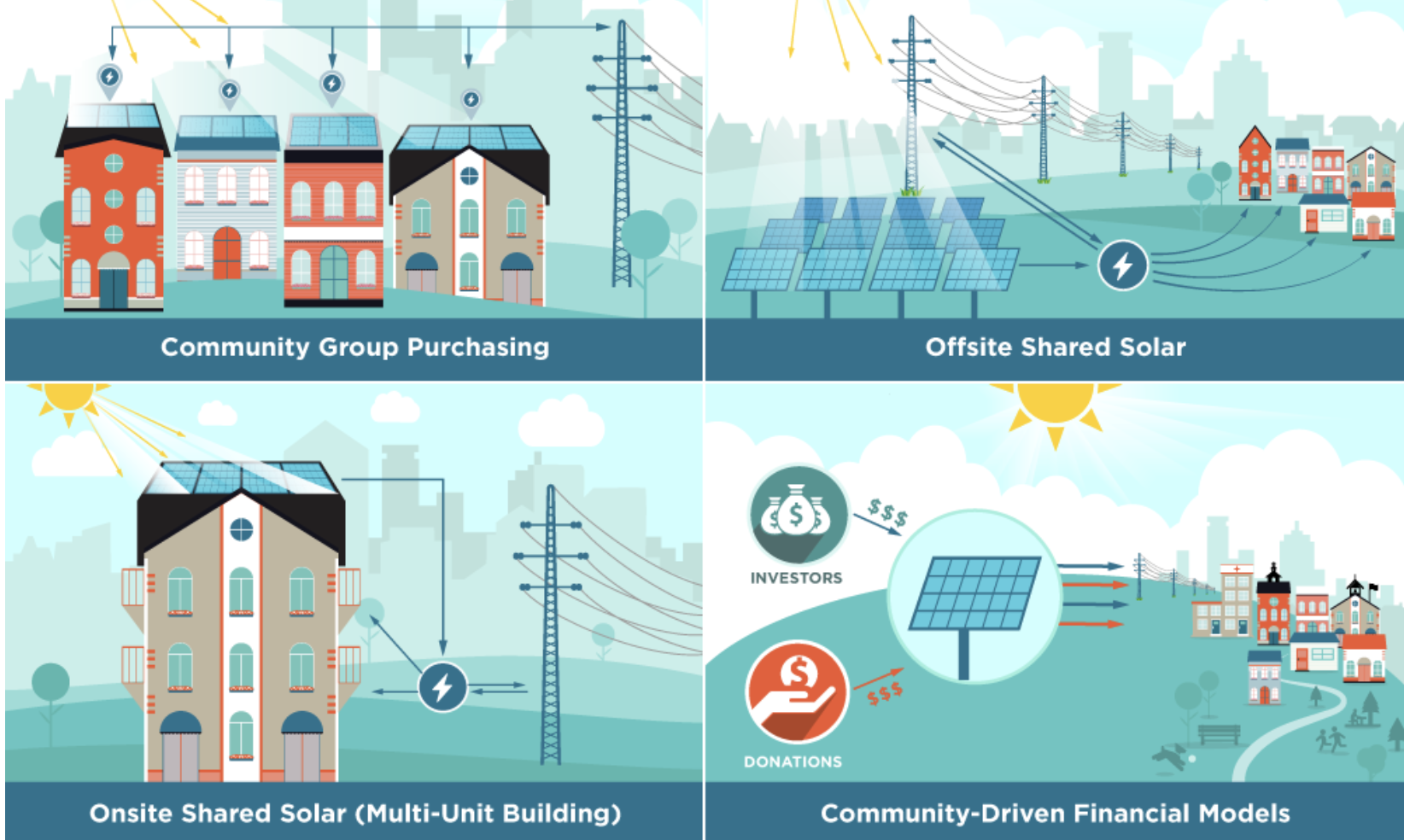
Sunday Sales Series – Rooftop and Community Solar
Last week I covered commissions and take-rates on retail energy products.
Today I am covering the next level of consumer energy products:
- rooftop solar
- community solar
As you will see below, the payouts for these two products are the highest in the energy market. Why? The payouts have to compensate the platforms for the high cost of capturing and educating customers on energy options, a topic that is considered by consumers for a whopping 6 minutes a year.
Therefore, many energy platforms are either:
1- widening the funnel by pairing with other home services related products: digital home products like security, connected devices, real estate brokers. The goal here is to have the energy product be a bolt-on purchase in the purchasing discussion.
2- looking to “pull up” customers from more entry level energy products, like retail energy, Nest thermostats, or HVAC relationships. The goal here is to capture the customer when an energy professional can quickly quantify the savings and resilience benefits of these energy products.
Rooftop solar
The costs for rooftop solar have declined dramatically over the past decade. However, most of those costs have come from the hardware and “Balance of Materials” (BoM). But customer education and acquisition costs have barely declined in the same period. While many firms are trying to go to digital engagements, most of the customer acquisition in this industry is hand-to-hand combat. This involves door knocking, out of home education and long sales closes.
These costs are sufficient to create a lucrative business for a digital platform to make real revenues.
Solar is installed on a size basis: the average rooftop installation in the US is around 6-7kW. And a 6 kW system is about $15,000 fully loaded cost to a customer, pre-tax. In the origination market, you can get paid for a qualified lead or for a fully delivered customer. (Fully delivered meaning you get paid upon installation.) Most of the market has moved from lead to installation.
They payout figures in market are around $200-300 per kW installed. This means that for the average US installation a platform that helps originate and qualify a residential solar customer will get paid between $1,200 to $1,500. At ChooseEnergy, there was a year where we were the largest online originator of rooftop customer solar customers. Since we had an extra exposure on Texas and the northeast, our average installation was 9 kW so we were clipping around $2,000+ per customer.
Community Solar
Community solar is when a customer buys a portion of a (usually) nearby solar farm. Large, utility-scale solar farms look for long-term Power Purchase Agreements (PPA) whereby the credit of the off-taker can be used to help finance the near-billion dollar projects. The off-taker in those utility-scale cases are Fortune 500 companies with big balance sheets.
Community solar is usually designed for smaller scale counter-parties: municipalities, smaller utilities, group buyers. Recent business model innovation now allows for traditional residential or commercial buyers to buy a share of these community solar sites. But the asset owners themselves still need longer-term, high credit commitments from their homeowner purchasers. One of the beauties of community solar, however, is that a homeowner who can’t purchase rooftop solar can purchase community solar. This opens up the market to apartment dwellers or homeowners with excess tree coverage /whose roof faces inopportune directions.
Due to the need for a 5+ year contract commitment and high credit consumer, the education and friction to acquire these consumers is high. This usually means that the community solar provider is willing to pay around $50 per year per kW of off-take meaning around $300 per year of contract signed, or around $1,500 per new customer if a 5-year, standard contract.
The companies in this space include
EnergySage: rooftop solar origination platform; exploring adding batteries
Arcadia Power: Green renewable energy credits to your utility bill w the goal to upsell to community solar products
PickMySolar.com and Solar.com – Solar qualification and origination platform; also adding battery solutions
Solstice: Community solar origination platform
Wattbuy: Retail energy acquisition platform with natural goal to expand into rooftop and community solar origination



